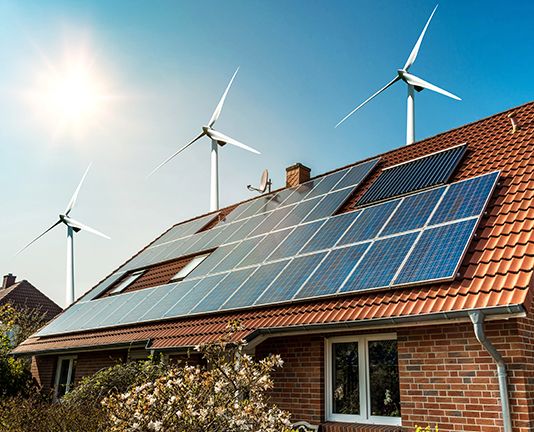India’s economic growth most likely matched government predictions because demand sparked an expansion in the services sector and mitigated the effects of high borrowing rates. According to the consensus estimate in a Bloomberg survey, which is in line with a government forecast given three months ago, data due on Wednesday is anticipated to reveal that the gross domestic product increased by 7% in the year leading up to March 2023. India continues to have one of the fastest growth rates among the major international economies, despite the slowdown from the expansion of 9.1% in the previous fiscal year.
The study revealed that Asia’s third-largest economy probably expanded by 5% from January to March of last year. Even while this is a growth over the prior quarter, irregular monsoon rains and an impending global slowdown could throw a wrench in the works. Abheek Barua, the head economist of HDFC Bank, observed that high-frequency indicators improved in the most recent quarter. “Corporate margins expanded, government investment activity remained robust, particularly in the building of roads, and consumption demand kept steady amid slightly lower inflation level.”
The central bank may feel more at ease pausing for a second consecutive meeting on June 8 thanks to India’s strong growth, which might comfort it that its monetary tightening hasn’t had a significant negative impact on the economy. In a Bloomberg survey, economists projected this result. Shaktikanta Das, governor of the Reserve Bank of India, suggested this week that the growth rate from the prior year might have exceeded 7% as evidenced by data from the most recent quarter. He emphasized that the fight against inflation is far from ended and that the present rate hold is more of a halt than a change.
Following spending most of the previous fiscal year above the RBI’s target ceiling of 6%, inflation dropped to 4.7% in April. Market observers now have more reason to believe that borrowing costs won’t increase in the future, encouraging spending and investment leading up to the summer’s presidential elections. While the benchmark stock index is circling its all-time high due to ongoing foreign investor buying, the yield on the benchmark 10-year bond has fallen below 7% from its high of 7.6% in June.
With more than 50% of the country’s GDP made up of services, this sector has emerged as a crucial growth engine. India has been expanding its market share in the fields of information technology and business consulting, which has caused services activity to reach its highest level in nearly 13 years. According to Gaura Sen Gupta, an economist at IDFC First Bank, the data may imply that spending on trade, lodging, transit, and government increased in the most recent quarter. According to her, consumption in urban regions is probably still strong due to job growth in the formal sector, while demand in rural areas may be beginning to show “nascent signs of recovery” driven by pay growth.

